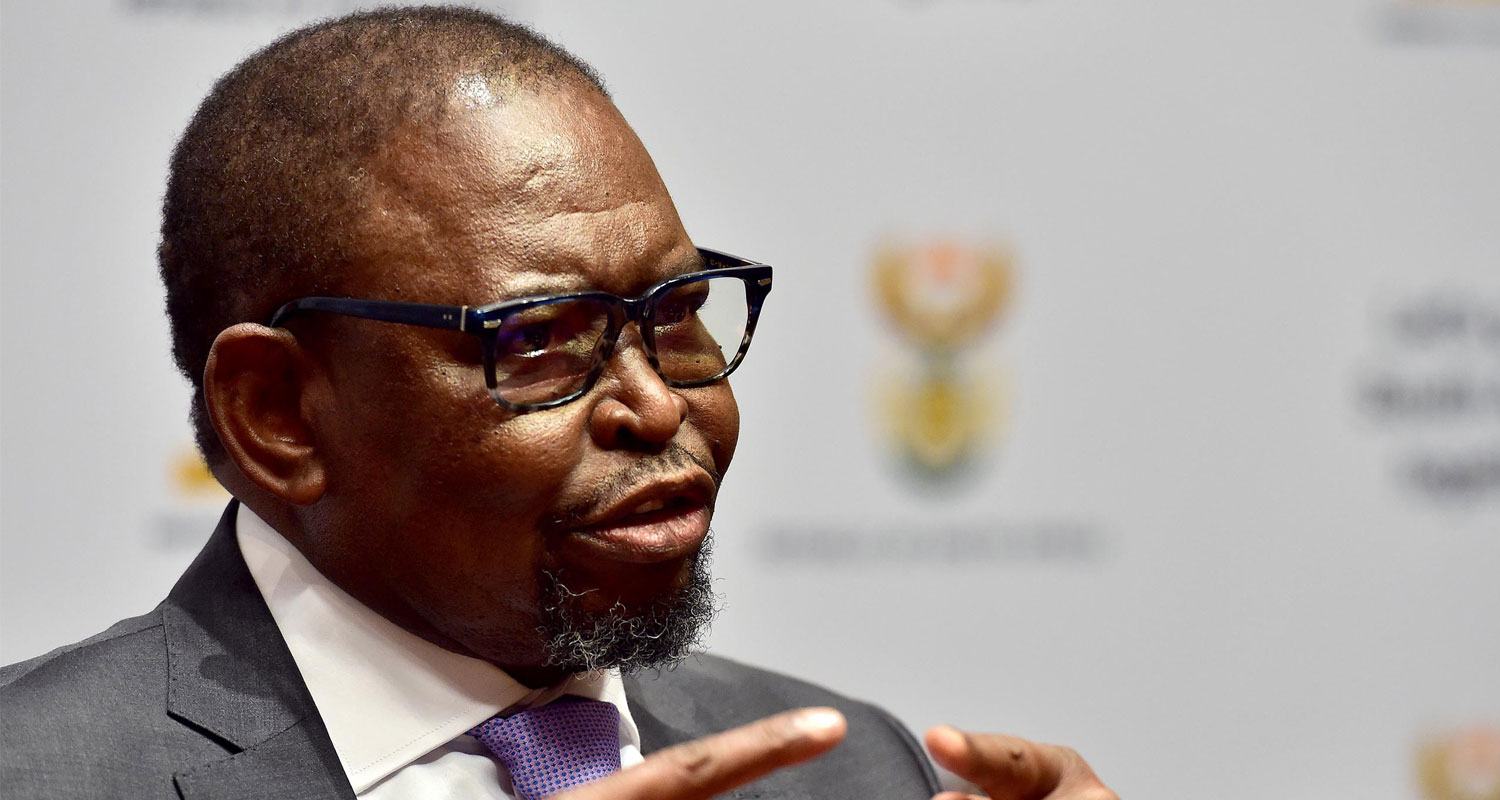
Government plans to take on more than half of Eskom’s debt burden over the next three years to help strengthen its balance sheet, operations and enable it to restructure, national treasury on Wednesday.
The treasury said the government planned to take on R254-billion of Eskom’s R423-billion in debt it said was at risk of default, or 60%, to enable the utility to pay down the debt and interest obligations.
South Africa has been struggling for years to overhaul Eskom, which is plagued by corruption and mismanagement and has received R263.4-billion in bailouts since 2008/2009.
Eskom is implementing the worst power outages on record, hurting economic growth that is projected at 0.9 % this year. President Cyril Ramaphosa declared a “state of disaster” over the energy crisis earlier this month.
“Our economy is facing significant risks,” finance minister Enoch Godongwana said in his budget speech. “Uncertainty is on the rise. It requires us to do bold things.”
Treasury said about R168-billion of Eskom’s debt relief will be in capital and R86-billion in interest payments over the next three years. Of this, R66-billion will be funded through the budget while R118-billion will be additional borrowing over the period, with government directly taking over up to R70-billion of Eskom’s loan portfolio in 2025/2026.
As a result, South Africa’s gross debt is now seen stabilising at 73.6% of GDP in 2025/2026 compared to 71.4% of GDP in 2022/2023 seen in October. But the consolidated budget deficit is seen narrowing to 4% of GDP in 2023/2024, the lowest in four years, as higher commodity prices boost mining tax receipts. It is projected at 3.2% in 2025/2026.
‘Tough trade-offs’
“This is not an austerity budget. It is a budget that makes tough trade-offs in the interests of the country’s short- and long-term prosperity,” Godongwana said.
Eskom’s debt relief has strict conditions, the treasury said. These include that the advance funding will take the form of an interest-free subordinated loan from the National Revenue Fund to be settled in Eskom shares rather than cash. The funds can only be used to settle debt and interest payments and no new borrowing will be allowed until the end of the debt-relief period, unless written permission is granted by the finance minister.
Eskom’s capital expenditure will also be restricted to transmission and distribution, no greenfield generation projects will be allowed during the debt-relief period, and all proceeds from the sale of Eskom’s non-core assets will be used for the debt-relief arrangement.
Read: Tax relief announced for homeowners going solar
A key assumption in the debt-relief determination was the implementation of tariff increases, treasury said, adding “without these increases, the debt-relief arrangement is not sustainable”.
A proposal to address the debt municipalities owe Eskom, at R56.3-billion as of end-December 2022, was being finalised. The discussions include a conditional debt writeoff, national treasury said. — Olivia Kumwenda-Mtambo, Wendell Roelf and Kopano Gumbi, (c) 2023 Reuters




